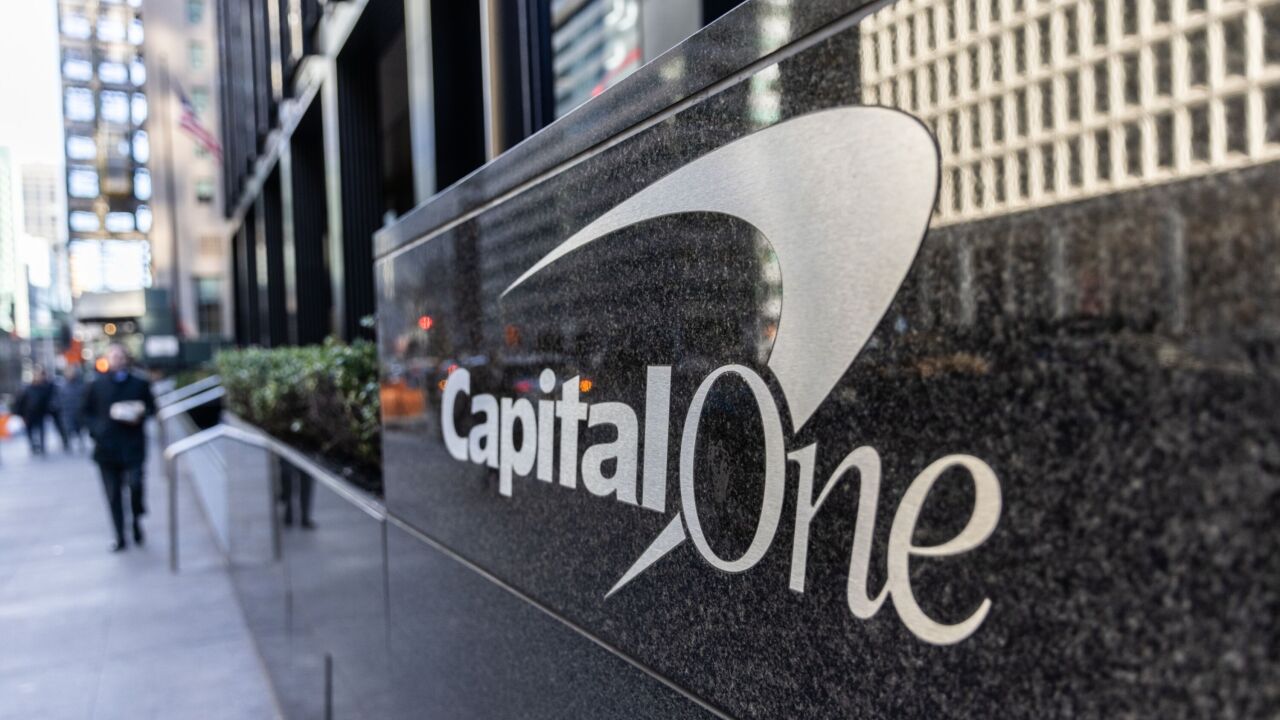The good news: the Check Truncation Act, or Check 21, will mean checks will clear faster. The bad news: Check 21 will mean checks will clear faster.
The view that the newly enacted Check 21 is good news stems from projected reductions in fraud. But for many consumers there will also be a downside, as many rely on there being some float time between the point when they write a check and when it actually gets cleared. And that good news/bad news scenario applies to both credit unions and their members, according to several technology vendors.
"Credit unions will be forced to choose between two choices: allow unfettered access to the credit union at the risk of bad transactions or tighten everything down and anger good members," said Milton King, CEO of TWS Systems, Dunedin, Fla. "You can allow immediate credit to deposits made at ATMs, which makes members happy, and then get pummeled at the back-end by the bad guys out there, or you can put holds on certain checks or deposits and expose your best members to embarrassing moments."
But with a combination of new technology and good marketing and educational efforts, a credit union can preserve both its security and its relationship with members, King suggested.
"Credit unions have to focus on delivering information about Check 21 and what it means to members so that they will understand," he offered. "Then, use technology to put together profiles of your members so that you will know when it's appropriate to allow that unfettered access to the CU, and when you might need to put a three-day hold on something."
Countdown Under Way
Financial institutions have a little less than a year before Check 21 is implemented, giving them plenty of time to put out the word about some of the changes the law will bring about, and at the same time, they need to be working with their vendors to develop tools for determining how best to handle transactions, even on a case-by-case basis.
"We help them look for behaviors that are outside the norm for a given member, so that when a transaction comes across, and it doesn't match what would normally be expected of that particular member, the credit union can decide to put a hold on that transaction," King commented. "When it's all working together right, the next step is to notify the member that a check is going to be held."
Mike Feliciano of E-Funds agreed, noting that institutions can actually risk-score both the paper and the presenter of the check before problems happen. "Adding that risk component is key," Feliciano suggested. "It allows the credit union to know is this a good person or bad person who is trying to open an account."
Systems also exist for putting the word out to other financial institutions as well. For example, a credit union can let other institutions know that a member's house was broken into and they should be on the lookout for a particular series of checks that was stolen during the break-in.
ATMs that are able to capture a check image right at the point of service, allowing a financial institution to determine whether to put a hold on a check or credit the account it's being deposited to immediately will also be sought-after in the new Check 21 environment, both Feliciano and King commented.
Star Systems' Ron Congemi concurred. "Don't wait for this to come to you," he advised. "That ATMs can capture images makes deposit taking at the ATM more viable. Credit unions need to look at making electronic more portions of the payments process."
Education, King added, is imperative.
"When Check 21 passed, I went out and got a bunch of [mainstream] newspapers, and there wasn't a word about it, and that means the average member hasn't heard a word about it, either," King said. "Members won't notice that the checks they're depositing are clearing faster and that they can get their money faster if the credit union doesn't pitch that. But they will notice it when they bounce that first check.
"You've got a year, so do the mailings, put out in-branch materials, do a call campaign. Whatever you do, get the word out there."





